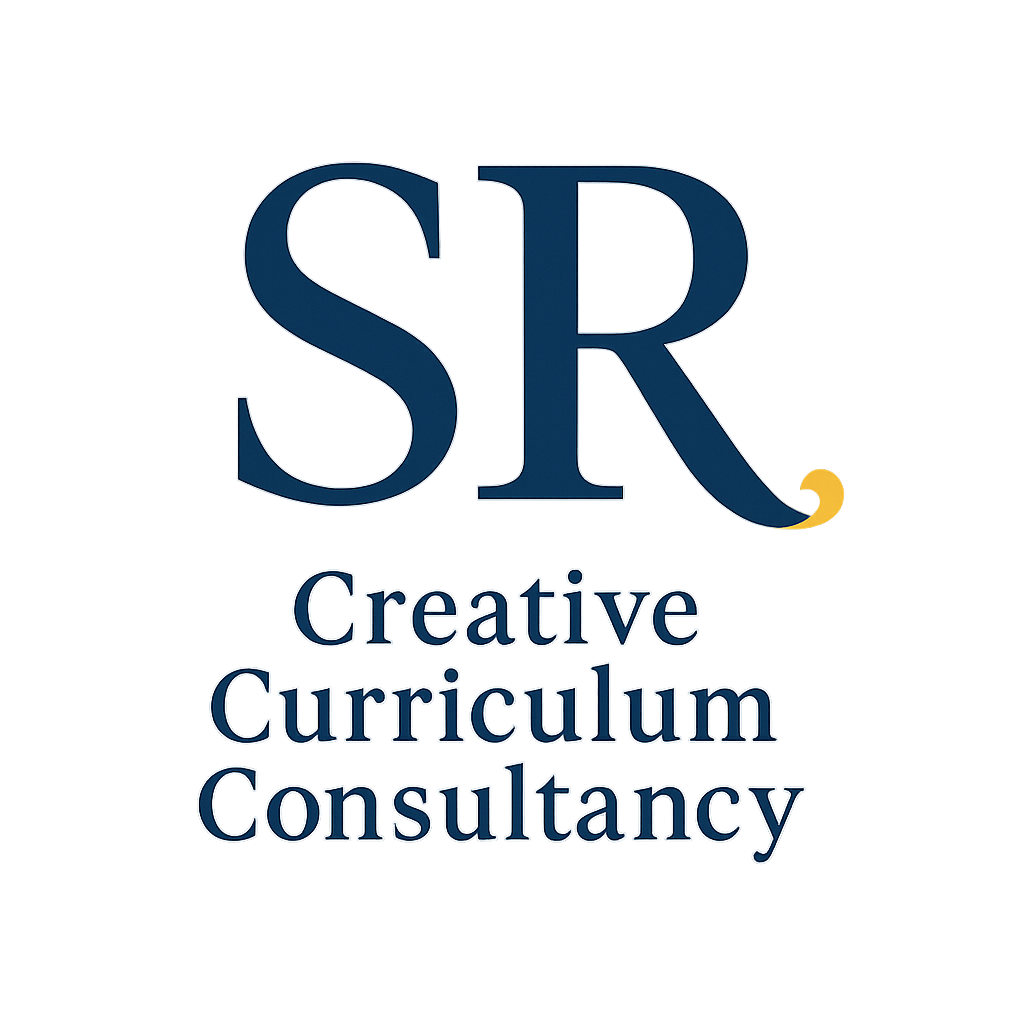Problem-Solving in the Studio - Thinking Through Materials
#Part of SRCC’s “Future-Focused Art Departments: Five Things That Matter” series
Introduction
At SR Creative Curriculum Consultancy (SRCC), we see the studio as a place of enquiry, where curiosity and confidence are built through material exploration.
This reflection considers how problem-solving in Art & Design goes beyond fixing mistakes; it’s about discovering new possibilities through the dialogue between hand, idea and material.
Embracing Uncertainty
A future-focused art department treats uncertainty as a resource — a positive risk.
When students work without a predetermined outcome, something shifts: they stop trying to “get it right” and start exploring what might be possible.
Learning Through Materials
In these moments of making, materials become collaborators rather than tools.
Each fold, tear or collapse asks a new question.
Through this negotiation, students learn that creativity is iterative and understanding grows because of what resists or fails.
As three Year 9 students reflected:
“At first it felt strange not knowing what I was doing, but it made me think differently. I started to focus on the process, not just the goal.” — IA
“Sometimes the paper didn’t do what I expected but that was part of it. The material was almost leading the way.” — SH
“It made me realise that experimenting can be the artwork itself.” — EB
Creativity as Problem-Solving
When we frame creative process as enquiry, problem-solving becomes embodied practice.
Students begin to see mistakes not as setbacks but as invitations to adapt, rethink and refine.
Each decision - what worked, what changed, and why - develops critical and analytical thinking that extends far beyond the art room.
True problem-solving in Art & Design lives in this space of curiosity and responsiveness; a conversation between maker and material where discovery unfolds.
At SRCC, we support departments to design learning that values this process: teaching young people to question, to persist, and to find creative possibility within challenge.
Key themes:
Creativity • Confidence • Curiosity • Material Thinking • Future-Focused Learning • Problem-Solving

